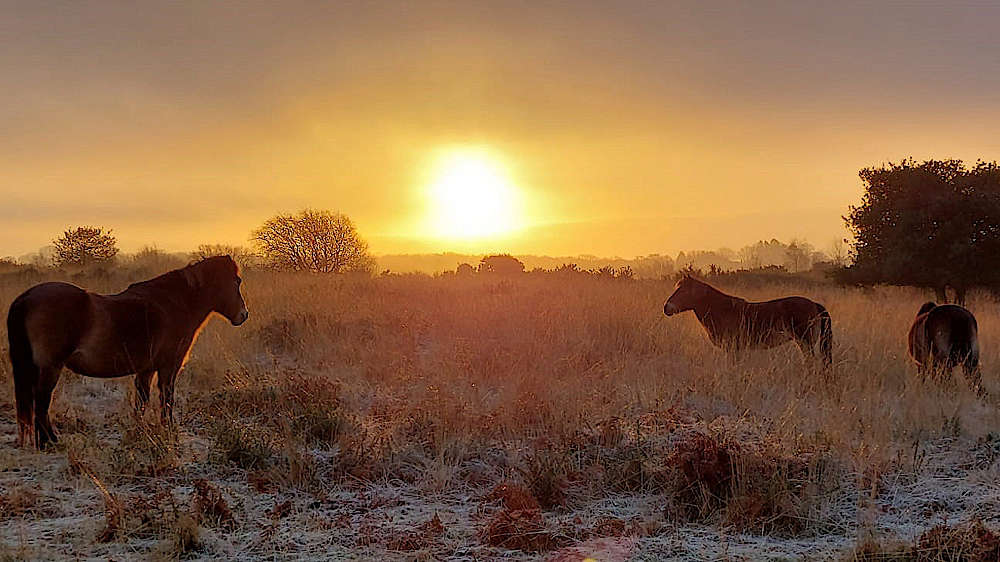
The team managing Ashdown Forest is working with its neighbours on an ambitious rescue plan for nature.
Leaders said the future could see rare animals and plants including pine martens and nightingales, juniper and marsh club moss being restored to the landscape.
Working with 42 other local land owners and managers, Ashdown Forest is bidding for a government grant that would design and develop measures to connect a vast area of land – around 7400 hectares for the benefit of nature.
Mark Infield Ashdown Forest’s Landscape Recovery Manager said:
"Together with our neighbours including local farmers, landowners, Sussex Wildlife Trust, The Woodland Trust, East Sussex County Council and Southern Water, we want to create a landscape that is bigger, better, and joined up.
"Our plans include creating and connecting more thickets and hedgerows and improving woodlands, meadows and steams that will enable nature to thrive."
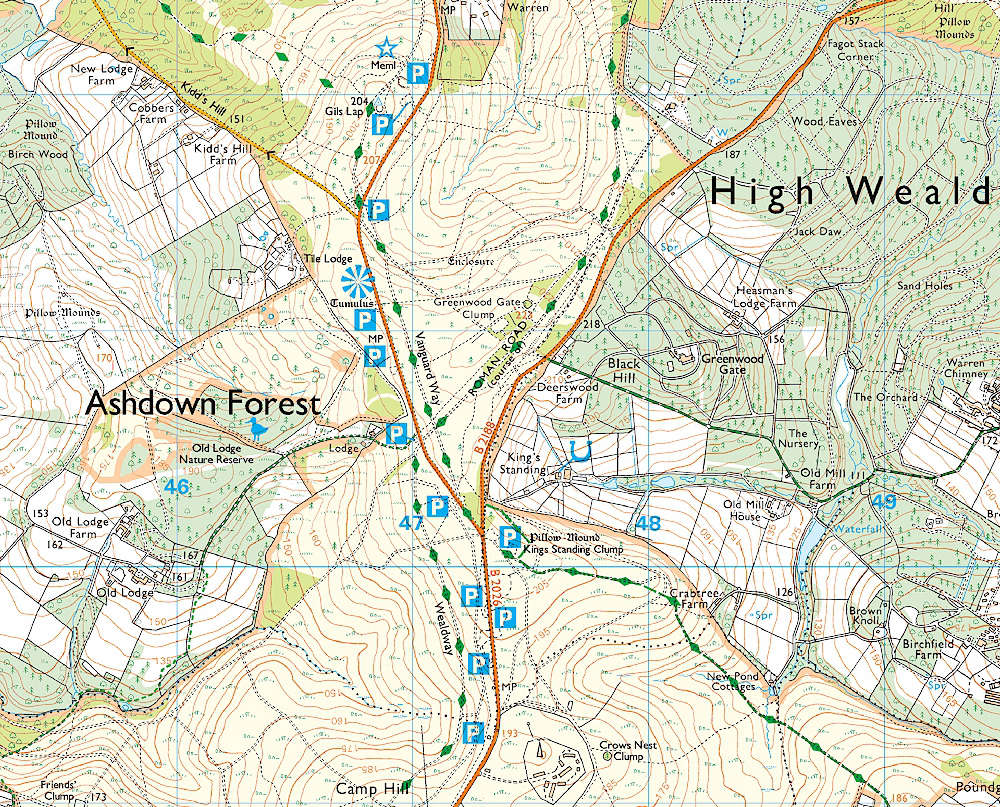
Ashdown Forest is applying for a grant from DEFRA’s Land Recovery programme designed to promote sustainable farming while providing a boost to nature recovery.
If the bid is successful the group will spend two years working on an ambitious proposal.
Mark added:
"Working with our like-minded partners we want to make a positive impact on the landscape which will reverse practices that have had a negative effect on nature.
"It will take years but once nature is allowed to get back to work, positive changes will follow!
"For example, by allowing scrub, thickets, wild roses, and brambles to grow provides a nursery for native trees that in turn will encourage other species that have been absent from the area for decades."
Experts say that animals including the pine marten, beaver, turtle dove, red backed shrike and nightingale were once part of the area.
So too were juniper trees, now gone.
One of the biggest tools for restoring nature across the landscape will be the use of livestock that graze the land.
Managing the number of deer in the area will also be important.
Mark said:
"We hope local people and visitors will embrace the scope and intention of our plans.
"We want to encourage citizen participation so that private gardens, churchyards, and other public spaces can become part of the new landscape.
"We will also be working with our partners to improve public access and the visitor experience and delivering nature-based education.
"We really hope this is the start of a new chapter for nature here."
Ashdown Forest's managers have requested public involvement in a series of meetings about the plans.
Mark Infield, Ashdown Forest’s Landscape Recovery Manager will be hosting several public meetings in November. All are 7pm starts except for 8 Nov.
- 1 Nov Nutley Memorial Hall
- 6 Nov Freshfield Hall, Forest Row
- 8 Nov Ashdown Forest Centre (1pm start)
- 9 Nov Crowborough Community Centre
- 13 Nov Fairwarp Village Hall
- 15 Ashdown Forest Centre.
What is Ashdown Forest?
Ashdown Forest is one of the largest public access spaces in the South East, and it is located in the heart of the High Weald Area of Outstanding Natural Beauty.
It has been granted national and international protection status due to the wildlife, holding the following designations:
- SSSI – Site of special scientific interest
- SPA – European special protection area
- SAC – European Special area of conservation
- Natura 2000 site
Across its area of approximately 10 square miles (2,500 Hectares), 60% or 2/3 of the land is heathland — meaning that Ashdown Forest has 2.5% of the UK’s total remaining lowland heathland which is extremely rare.
It also boasts one of the largest blocks of single, continuous heath and valley bog in the UK.


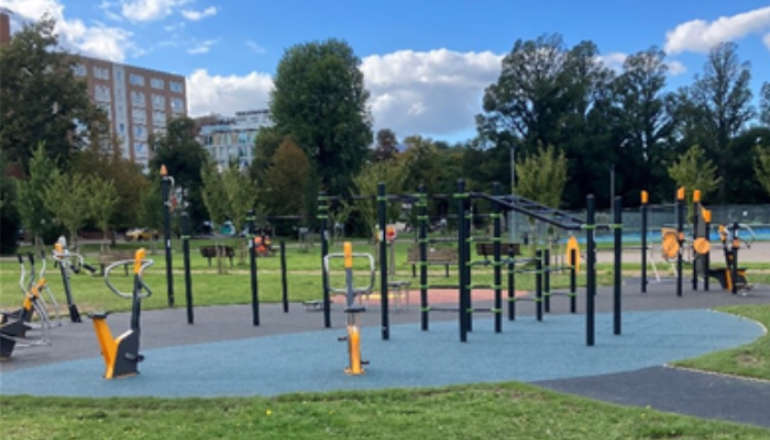 Work On Two New Outdoor Gyms In Brighton Complete
Work On Two New Outdoor Gyms In Brighton Complete
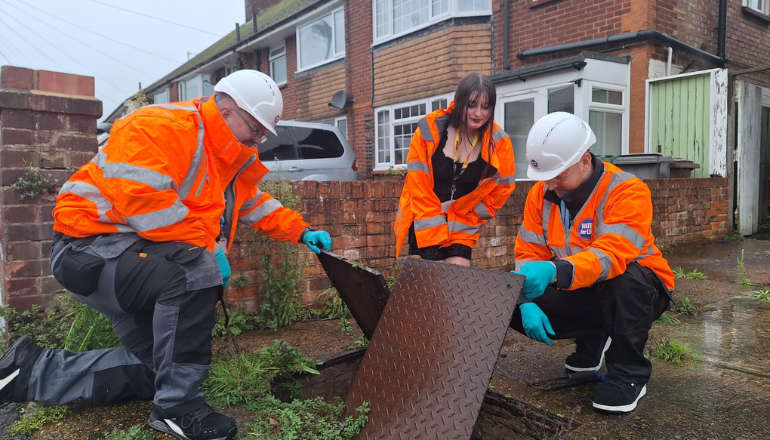 Eastbourne Student Reporter Lifts Lid On What’s Blocking Town’s Sewer
Eastbourne Student Reporter Lifts Lid On What’s Blocking Town’s Sewer
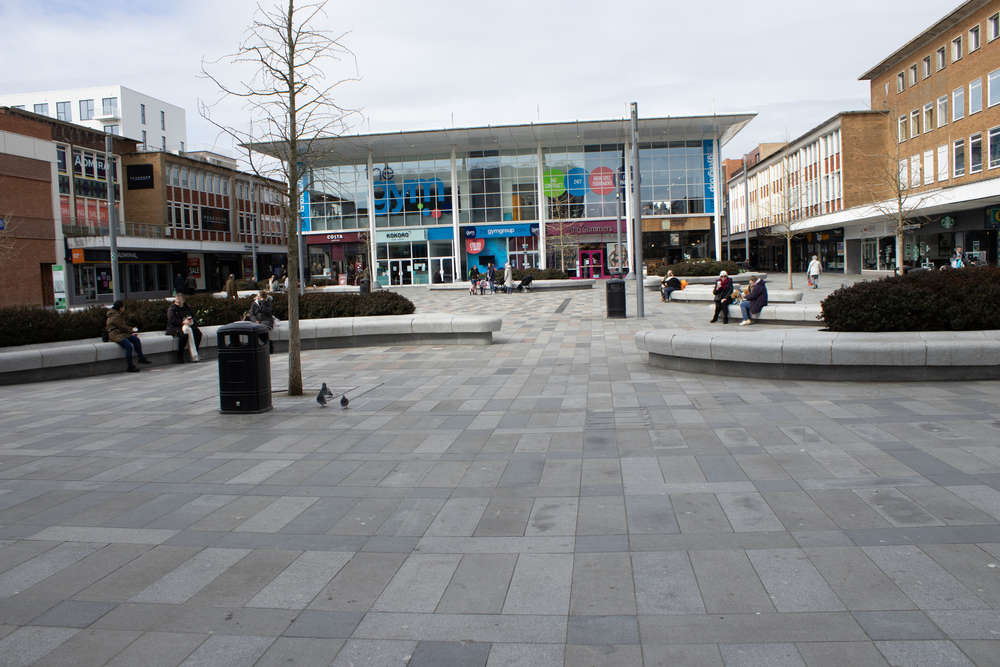 Crawley Resident Wins Council Tax Paid For A Year
Crawley Resident Wins Council Tax Paid For A Year
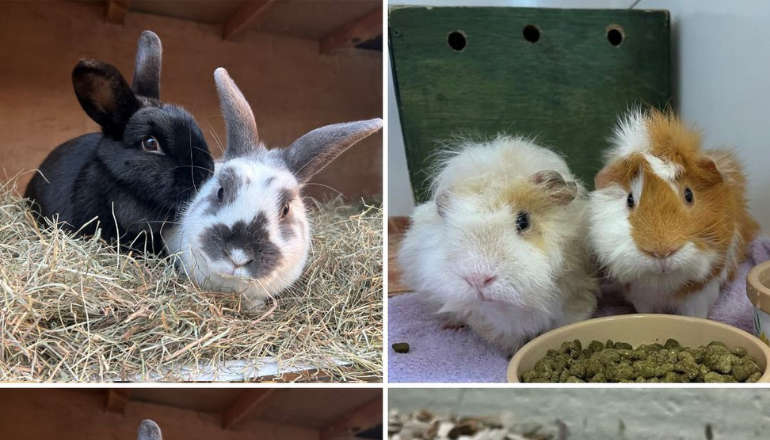 Celebrate Small Animals At Raystede This November
Celebrate Small Animals At Raystede This November
 Man Jailed For Threatening Victim With Firearm
Man Jailed For Threatening Victim With Firearm
 Father Of Soldier Killed In Afghanistan To Lead Men’s Grief Event
Father Of Soldier Killed In Afghanistan To Lead Men’s Grief Event
 Man Sentenced For Violent Assault In Brighton
Man Sentenced For Violent Assault In Brighton
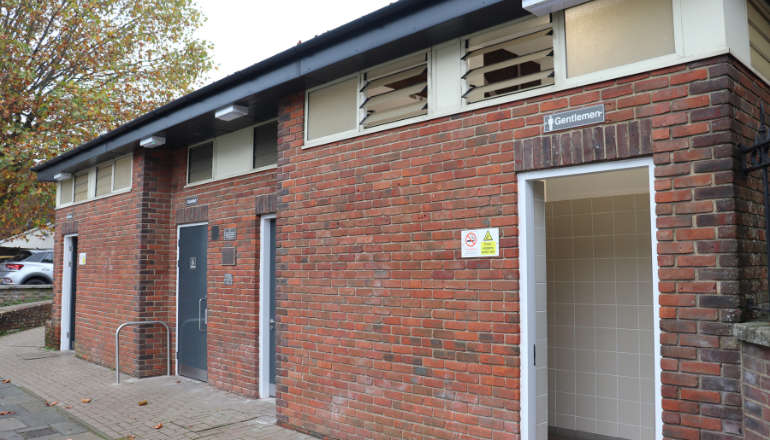 Refurbishment Of Public Toilets In Chichester District Continues
Refurbishment Of Public Toilets In Chichester District Continues
 West Sussex Firefighters Walk The Length Of County For Charity
West Sussex Firefighters Walk The Length Of County For Charity
 East Grinstead Care Home Marks World Kindness Day
East Grinstead Care Home Marks World Kindness Day